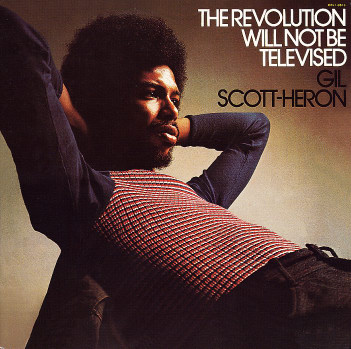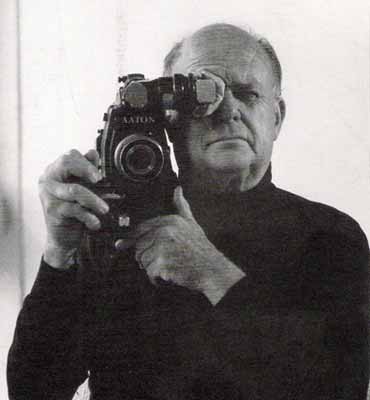
I wanted to specifically write a post regarding my recent feelings towards Baltimore City which experiences almost every problem that applied anthropology and cultural studies attempts to correct. Recently, the professor in my "Ethnographic Field Methods" class addressed the students about whether or not the ethnographer has an obligation to fix societal problems that is apparent in her or his own work (at the basic level). I answered yes. While there is merit in cataloging information and publishing data about the correlation between juvenile crimes and deteriorating school systems, for example, this work largely remains in academia. The same disconnect that occurs between wealthy, greedy CEOs and bottom-level employees is similar to the disparity between academia and "street life," or "the real world." However, a CEO who has the ability to relate to the "little people" of the company will enact policies that will provide more benefits and a better work environment, thus creating a better company. The same goes for applied anthropology and cultural studies methods that aim to obligatorily address and correct for the many defects in society. Maybe (most likely) it is my experience as a black teenager who has experienced these social inequalities that makes me predisposed to make such a claim. My question to the cultural studies or anthropology student is that, "If you have the ability to challenge and correct racist, sexist, xenophobic, and other hegemonic factors of society, why wouldn't you?"
Until a few months ago, I was completely ignorant and unwilling to learn about the other side of Baltimore. This is the side that has been systematically ignored by great landmarks, big business, and gentrification. This is the side of blue lights, loads of black people, boarded up homes, homeless men and women, and vandalism. The side that upper class folk will never venture to. The side that looks like a zoo of chaos to the suburban college student. I traveled through these parts of Baltimore on a regular basis (my Dad owns and manages a small piece of property), I made assumptions, created and reinforced stereotypes, and presented a particular amount of arrogance as we rode through in a Lexus ES 300. I saw a down-to-earth connection with these people because I was black (my skin color would somehow allow me to understand the black, urban poor); the property that we managed was far from extraordinary (an excuse not to accept my somewhat elite status and lifestyle); and my mother was raised in similar, unfortunate conditions (the relationship between my mother and I, in congruence with her experiences, allowed me access into this imaginary space). At the same time, I would make jokes about the "blue light district", the crime rate, crazy homeless people, and other problems that weren't frequent in places I grew up. I didn't take Baltimore's urban problems seriously until getting deeply involved with my Racial Dynamics Project. Long story short: at this time I was also taking an African-American literature class and let's just say several other factors in my life came together at the right time to guide my focus into wanting to fix societal problems in Baltimore. First, I had to realize that although several features could allow me to "pass" as a black kid who grew up in the city, my economic and social identity is a large barrier in truly relating to these people. Additionally, the goal is not to create a way (in the current hegemonic paradigm) to relate to these people, but to understand the social inequalities that prevented me from being able to relate to them. Once these are understood then they need to be deconstructed and abolished. Utopian work? No, it's a deeply embedded White supremacist structure that will take immense effort to tear down.

































